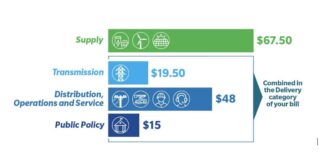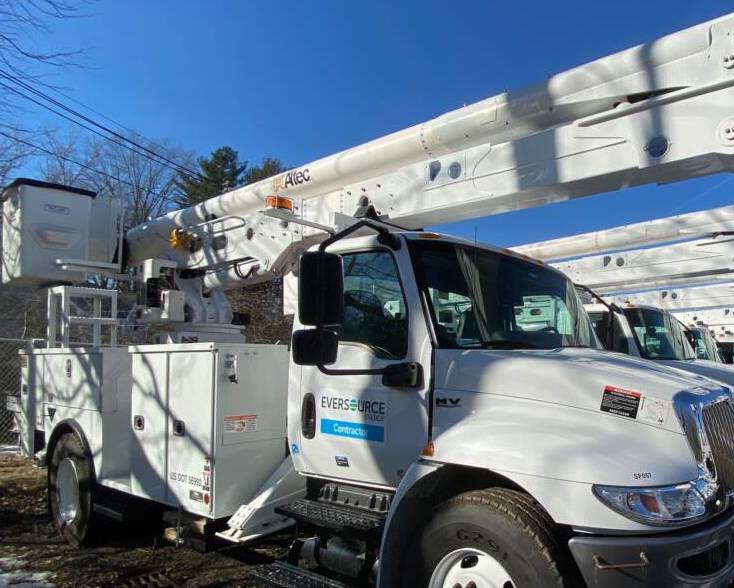A new program by Eversource is meant to teach customers how to understand their bills. The power company is sending them emails with a short description and link to a webpage showing the breakdown of what they’re actually paying for.
“We often hear from customers that they don’t understand all the charges on their Eversource bill,” said Mitch Gross, a spokesman. “We know energy bills can be confusing, so heading into summer – when Connecticut residents typically use up to 35 percent more electricity to keep cool – we launched a new customer communications campaign ‘understanding your bill’ to help breakdown the different charges on their bill.”
Here is a link to the new webpage.
Customers’ energy bills are made up of two parts – the supply charge and delivery charge. The supply charge reflects the straight cost of the energy that customers use in their homes.
As required by Connecticut regulation, the energy supply price changes twice a year – Jan. 1 and July 1 for residential customers who receive their energy supply from Eversource.
“We do not earn a profit on the cost of electricity – we only charge customers what we pay generators for producing the power,” Gross explained.
The delivery charge is made up of several fees and charges, which fall into three categories: transmission; distribution, operations and service; and public policy.
As an example, this is the breakdown of an electric bill of $150.

So what makes up the three categories in the delivery side of the bill?
Transmission is the cost of building, maintaining and operating the regional transmission system that brings electricity from power generators to the local distribution system.
Distribution, operations and service charges encompass how Eversource safely and reliably delivers power from the transmission system to homes and businesses. Beyond delivering the power, this service includes the cost of skilled employees and the technologies they use to operate and maintain the local system of poles and wires and provide customer service. It also includes the cost of improvements to make the electric grid more resilient and reliable.
The public policy portion includes costs mandated by the state and federal government for financial assistance and energy efficiency programs, purchasing renewable and carbon-free electricity, and funding solar and electric vehicle incentives to help make it easier to take advantage of clean energy options.
The supply and delivery charges are both driven by the amount of energy used each month. The more energy a customer uses, the higher both the supply and delivery portions of the bill will be, especially as we approach warmer weather. On average, Connecticut customers use 35 percent more electricity during the summer months, primarily to stay cool.
Eversource encourages all of its customers to take advantage of the many energy efficiency programs and services the company offers that can help them save money and energy at Eversource.com/home-savings.
The power company also offers a variety of payment and bill assistance programs. Customers can find out more by visiting Eversource.com/BillHelp or calling Eversource at 800-286-2828 for guidance in choosing the right program or option for them.








